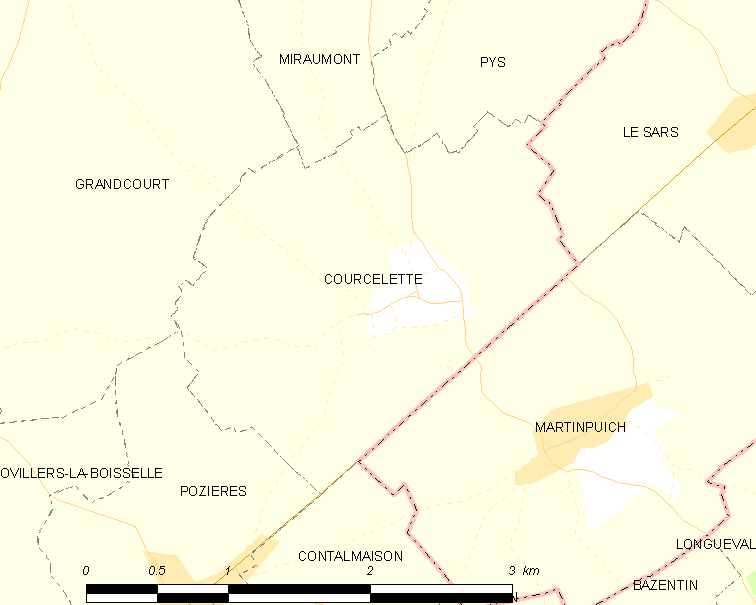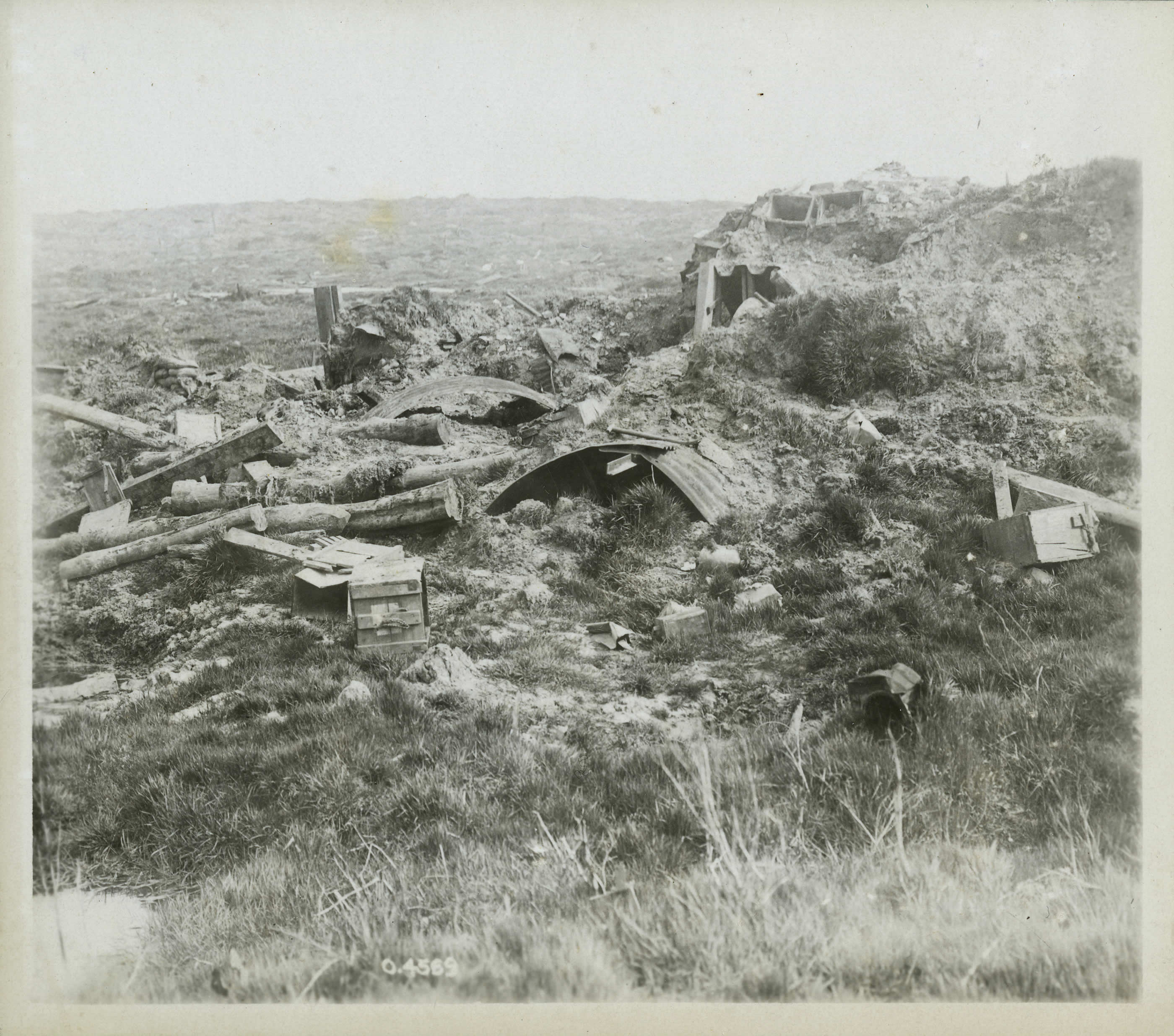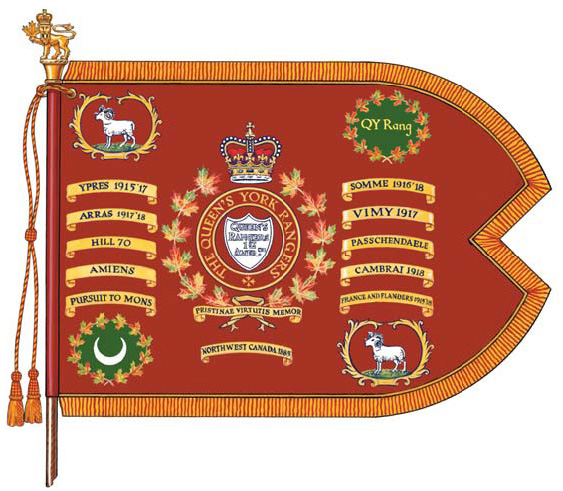|
The Queen's Rangers (1st American Regiment)
The Queen's Rangers (1st American Regiment) was an infantry regiment of the Non-Permanent Active Militia of the Canadian Militia (now the Canadian Army). First organized in 1921 as The West Toronto Regiment, the regiment was reorganized in 1925 as The Queen's Rangers and again in 1927 as The Queen's Rangers (1st American Regiment), assuming the title, insignia and heritage of the Queen's Rangers from the American Revolutionary War and early days of Upper Canada. In 1936, the regiment was amalgamated with The York Rangers to form The Queen's York Rangers (1st American Regiment). Lineage The Queen's Rangers (1st American Regiment) * Originated on 15 January 1921, in Toronto, Ontario, as The West Toronto Regiment. * Amalgamated on 1 August 1925, with the 2nd Battalion (35th Battalion, CEF), The York Rangers and redesignated as The Queen's Rangers. * Redesignated on 1 December 1927, as The Queen's Rangers (1st American Regiment). * Amalgamated on 15 December 1936, with The York ... [...More Info...] [...Related Items...] OR: [Wikipedia] [Google] [Baidu] |
Queen's Rangers
The Queen's Rangers, also known as the Queen's American Rangers, and later Simcoe's Rangers, were a Loyalist military unit of the American Revolutionary War. Formed in 1776, they were named for Queen Charlotte, consort of George III. The Queen's Rangers served as a light corps in the tradition of British rangers during the Seven Years' War, operating on the flanks and in advance of Crown forces, manning outposts, conducting patrols, and carrying out reconnaissance and raiding operations. A small number of Black Loyalists served in the Queen's Rangers, such as the trumpeter Barnard E. Griffiths. After the war, the Rangers were removed to the British colony of Nova Scotia and disbanded. On September 1, 1791, the regiment was reformed as the Queen's Rangers under Colonel Commandant John Graves Simcoe. French and Indian War The origins of the Queen's Rangers began in the Seven Years' War (French and Indian War), during which France and Great Britain fought for territories in th ... [...More Info...] [...Related Items...] OR: [Wikipedia] [Google] [Baidu] |
Canadian Expeditionary Force
The Canadian Expeditionary Force (CEF) was the expeditionary field force of Canada during the First World War. It was formed following Britain’s declaration of war on Germany on 15 August 1914, with an initial strength of one infantry division. The division subsequently fought at Ypres on the Western Front, with a newly raised second division reinforcing the committed units to form the Canadian Corps. The CEF and corps was eventually expanded to four infantry divisions, which were all committed to the fighting in France and Belgium along the Western Front. A fifth division was partially raised in 1917, but was broken up in 1918 and used as reinforcements following heavy casualties. Personnel Recruitment The Canadian Expeditionary Force was mostly volunteers; a bill allowing conscription was passed in August, 1917, but not enforced until call-ups began in January 1918 (''see'' Conscription Crisis of 1917). In all, 24,132 conscripts had been sent to France to take part ... [...More Info...] [...Related Items...] OR: [Wikipedia] [Google] [Baidu] |
Battle Of The Ancre Heights
The Battle of the Ancre Heights (1 October – 11 November 1916), is the name given to the continuation of British attacks after the Battle of Thiepval Ridge from during the Battle of the Somme. The battle was conducted by the Reserve Army (renamed Fifth Army on 29 October) from Courcelette near the Albert–Bapaume road, west to Thiepval on Bazentin Ridge. British possession of the heights would deprive the German 1st Army of observation towards Albert to the south-west and give the British observation north over the Ancre valley to the German positions around Beaumont-Hamel, Serre and Beaucourt. The Reserve Army conducted large attacks on and from Many smaller attacks were made in the intervening periods, amid interruptions caused by frequent heavy rain, which turned the ground and roads into rivers of mud and grounded aircraft. German forces in footholds on the ridge, at the east end of ( Regina Trench) and in the remaining parts of (Schwaben Redoubt) to the north and ... [...More Info...] [...Related Items...] OR: [Wikipedia] [Google] [Baidu] |
Battle Of Thiepval Ridge
The Battle of Thiepval Ridge was the first large offensive of the Reserve Army (Lieutenant General Hubert Gough), during the Battle of the Somme on the Western Front during the First World War. The attack was intended to benefit from the Fourth Army attack in the Battle of Morval, by starting afterwards. The battle was fought on a front from Courcelette in the east, near the Albert–Bapaume road, to Thiepval and the Schwaben Redoubt () in the west, which overlooked the German defences further north in the Ancre valley, the rising ground towards Beaumont-Hamel and Serre beyond. Thiepval Ridge was well fortified and the German defenders fought with great determination, while the British co-ordination of infantry and artillery declined after the first day, due to the confused nature of the fighting in the mazes of trenches, dugouts and shell-craters. The final British objectives were not reached until a reorganisation of the Reserve Army and the Battle of the Ancre Heights (1 ... [...More Info...] [...Related Items...] OR: [Wikipedia] [Google] [Baidu] |
Battle Of Flers–Courcelette
The Battle of Flers–Courcelette (, 15 to 22 September 1916) was fought during the Battle of the Somme in France, by the French Sixth Army and the British Fourth Army and Reserve Army, against the German 1st Army, during the First World War. The Anglo-French attack of 15 September began the third period of the Battle of the Somme but by its conclusion on 22 September, the strategic objective of a decisive victory had not been achieved. The infliction of many casualties on the German front divisions and the capture of the villages of Courcelette, Martinpuich and Flers had been a considerable tactical victory. The German defensive success on the British right flank made exploitation and the use of cavalry impossible. Tanks were used in battle for the first time; the Canadian Corps and the New Zealand Division fought their first engagements on the Somme. On 16 September, , a specialist fighter squadron, began operations with five new Albatros D.I fighters, which had a performa ... [...More Info...] [...Related Items...] OR: [Wikipedia] [Google] [Baidu] |
Somme 1918 (Battle Honour)
Somme 1918 was a battle honour awarded to units of the British and Imperial Armies that took part in one or more of the following engagements in the Great War:T.F. MillFrance and Flanders(archive of Regiments.org page) * First Battle of the Somme (1918), 21 March – 5 April 1918 * Second Battle of the Somme (1918), 21 August – 5 September 1918 These should not be confused with the Battle of the Somme The Battle of the Somme ( French: Bataille de la Somme), also known as the Somme offensive, was a battle of the First World War fought by the armies of the British Empire and French Third Republic against the German Empire. It took place bet ... of 1916. References {{reflist Battle honours of the British Army ... [...More Info...] [...Related Items...] OR: [Wikipedia] [Google] [Baidu] |
Battle Of The Somme
The Battle of the Somme ( French: Bataille de la Somme), also known as the Somme offensive, was a battle of the First World War fought by the armies of the British Empire and French Third Republic against the German Empire. It took place between 1 July and 18 November 1916 on both sides of the upper reaches of the Somme, a river in France. The battle was intended to hasten a victory for the Allies. More than three million men fought in the battle of whom one million were wounded or killed, making it one of the deadliest battles in human history. The French and British had committed themselves to an offensive on the Somme during the Chantilly Conference in December 1915. The Allies agreed upon a strategy of combined offensives against the Central Powers in 1916 by the French, Russian, British and Italian armies, with the Somme offensive as the Franco-British contribution. Initial plans called for the French army to undertake the main part of the Somme offensive, supported on ... [...More Info...] [...Related Items...] OR: [Wikipedia] [Google] [Baidu] |
Battle Of Mont Sorrel
The Battle of Mont Sorrel (''Battle of Mount Sorrel'', ''Battle of Hill 62'') was a local operation in World War I by three divisions of the British Second Army and three divisions of the German 4th Army in the Ypres Salient, near Ypres, Belgium, from 2 to 13 June 1916. To divert British resources from the build-up being observed on the Somme, the XIII (Royal Württemberg) Corps and the 117th Infantry Division attacked an arc of high ground defended by the Canadian Corps. The German forces captured the heights at Mount Sorrel and Tor Top, before entrenching on the far slope of the ridge. Following a number of attacks and counterattacks, two divisions of the Canadian Corps, supported by the 20th Light Division and Second Army siege and howitzer battery groups, recaptured the majority of their former positions. Background Located in the Ypres Salient, east of Ypres, Belgium and from Hill 60, the Battle of Mount Sorrel took place along a ridge between Hooge and Zwartelee ... [...More Info...] [...Related Items...] OR: [Wikipedia] [Google] [Baidu] |
2nd Battalion (The City Of Newcastle Regiment)
The 2nd Battalion was an infantry battalion of the Australian Army. It was initially raised for service during the First World War as part the First Australian Imperial Force, Australian Imperial Force and saw action at Gallipoli campaign, Gallipoli before being sent to the Western Front (World War I), Western Front in mid-1916, where it spent the next two-and-a-half years taking part in the fighting in the trenches of France and Belgium. Following the conclusion of hostilities, the battalion was disbanded in early 1919 as part of the demobilisation process. In 1921, the battalion was re-raised as a part-time unit of the Australian Army Reserve, Citizens Forces based in Newcastle, New South Wales, drawing lineage from a number of previously existing infantry units. They remained in existence until 1929 when, due to austerity measures during the Great Depression and manpower shortages, the battalion was amalgamated with two other infantry battalions over the course of a number o ... [...More Info...] [...Related Items...] OR: [Wikipedia] [Google] [Baidu] |
The Queen's Royal Regiment (West Surrey)
The Queen's Royal Regiment (West Surrey) was a line infantry regiment of the English and later the British Army from 1661 to 1959. It was the senior English line infantry regiment of the British Army, behind only the Royal Scots in the British Army line infantry order of precedence. In 1959, the regiment was amalgamated with the East Surrey Regiment, to form a single county regiment called the Queen's Royal Surrey Regiment which was, on 31 December 1966, amalgamated with the Queen's Own Buffs, The Royal Kent Regiment, the Royal Sussex Regiment and the Middlesex Regiment (Duke of Cambridge's Own) to form the Queen's Regiment. Following a further amalgamation in 1992 with the Royal Hampshire Regiment, the lineage of the regiment is continued today by the Princess of Wales's Royal Regiment (Queen's and Royal Hampshires). Titles The regiment was raised in 1661 by Henry Mordaunt, 2nd Earl of Peterborough as The Earl of Peterborough's Regiment of Foot on Putney Heath (then in Surrey) s ... [...More Info...] [...Related Items...] OR: [Wikipedia] [Google] [Baidu] |
Toronto
Toronto ( ; or ) is the capital city of the Canadian province of Ontario. With a recorded population of 2,794,356 in 2021, it is the most populous city in Canada and the fourth most populous city in North America. The city is the anchor of the Golden Horseshoe, an urban agglomeration of 9,765,188 people (as of 2021) surrounding the western end of Lake Ontario, while the Greater Toronto Area proper had a 2021 population of 6,712,341. Toronto is an international centre of business, finance, arts, sports and culture, and is recognized as one of the most multicultural and cosmopolitan cities in the world. Indigenous peoples have travelled through and inhabited the Toronto area, located on a broad sloping plateau interspersed with rivers, deep ravines, and urban forest, for more than 10,000 years. After the broadly disputed Toronto Purchase, when the Mississauga surrendered the area to the British Crown, the British established the town of York in 1793 and later designat ... [...More Info...] [...Related Items...] OR: [Wikipedia] [Google] [Baidu] |
The Queen's York Rangers (1st American Regiment) (MG)
The Queen's York Rangers (1st American Regiment) (RCAC) is a Canadian Army Primary Reserve Royal Canadian Armoured Corps regiment based in Toronto and Aurora. The regiment is part of 4th Canadian Division's 32 Canadian Brigade Group. The regiment consists of one cavalry squadron (D Squadron), and the Headquarters and Training Squadron. The regimental family also includes The Queen's York Rangers Band (volunteer) along with two Royal Canadian Army Cadet corps and a Royal Canadian Air Cadet squadron. The unit mottos are "remembering their glories in former days" and "swift and bold." Among its own members and those of other regiments, the unit is referred to as the Rangers. The name is abbreviated as QY Rang, and sometimes pronounced . Lineage Pre-Confederation The Queen's York Rangers (1st American Regiment) (RCAC) trace their direct origins to Robert Rogers and his Rangers in 1756 during the French and Indian Wars. Disbanded after seven years of hard service, Roger ... [...More Info...] [...Related Items...] OR: [Wikipedia] [Google] [Baidu] |








